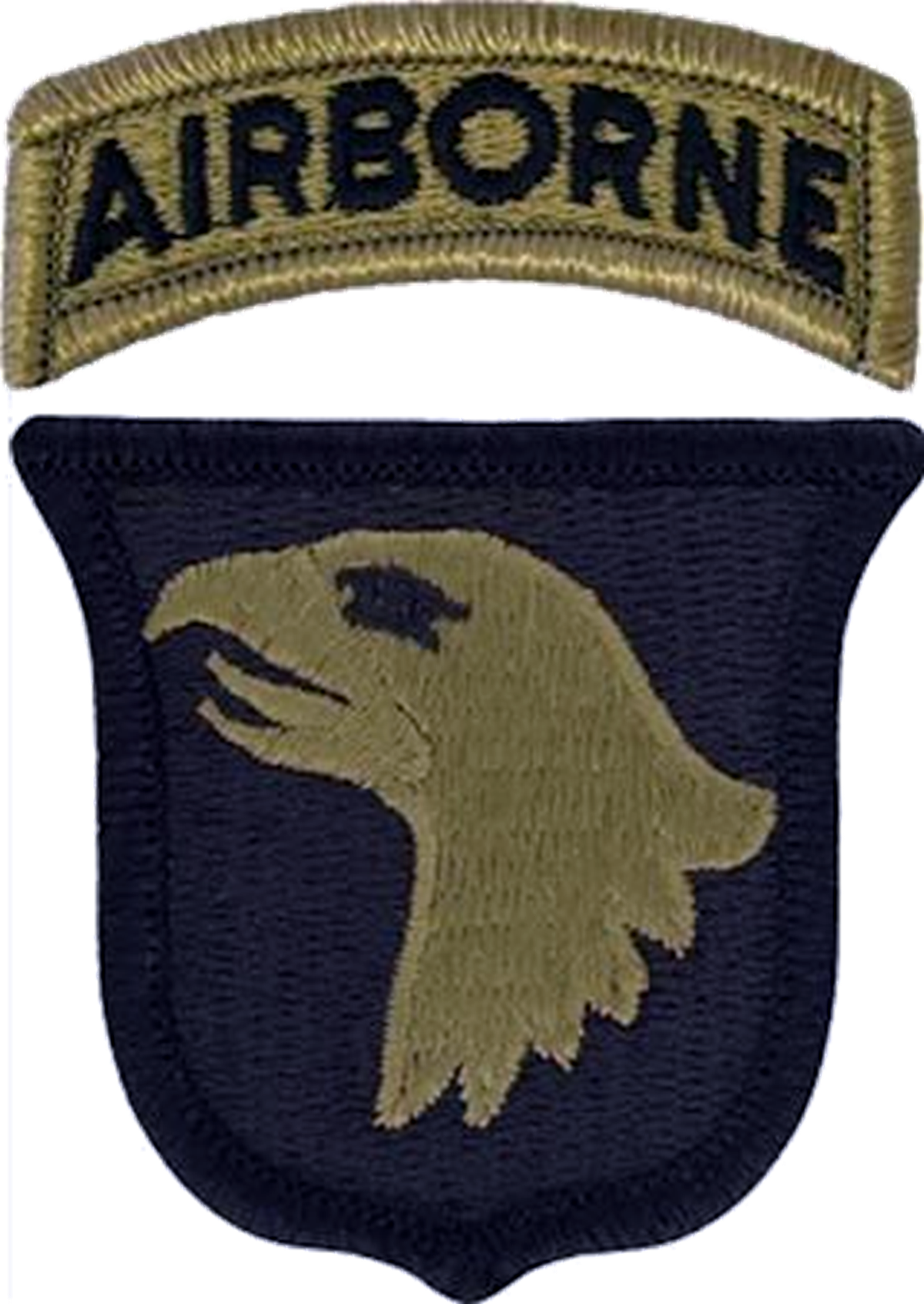
Iraq / Persian Gulf Veterans
101st Airborne "Screaming Eagles"
 |
Courtesy Wikipedia
The 101st Airborne Division ("Screaming Eagles") is a specialized modular light infantrydivision of the US Army trained for air assault operations. The Screaming Eagles has been referred to as "the tip of the spear" by former U.S. Secretary of Defense Robert Gates and the most potent and tactically mobile of the U.S. Army's divisions by former Chief of Staff of the Army GEN Edward C. Meyer (ret).The 101st Airborne is able to plan, coordinate, and execute brigade-size air assault operations capable of seizing key terrain in support of operational objectives, and is capable of working in austere environments with limited or degraded infrastructure. These particular operations are conducted by highly mobile teams covering extensive distances and engaging enemy forces behind enemy lines. According to the author of Screaming Eagles: 101st Airborne Division, its unique battlefield mobility and high level of training have kept it in the vanguard of US land combat forces in recent conflicts. More recently, the 101st Airborne has been performing foreign internal defense and counterterrorism operations within Iraq and Afghanistan. The 101st Airborne Division has a history that is nearly a century long. During World War II, it was renowned for its role in Operation Overlord (the D-Day landings and airborne landings on 6 June 1944, in Normandy, France), Operation Market Garden, the liberation of the Netherlands and its action during the Battle of the Bulge around the city of Bastogne, Belgium. During the Vietnam War, the 101st Airborne Division fought in several major campaigns and battles, including the Battle of Hamburger Hill in May 1969. In mid-1968, it was reorganized and redesignated as an airmobile division and then in 1974 as an air assault division. The titles reflect the division's shift from airplanes to helicopters as the primary method of delivering troops into combat. Many current members of the 101st are graduates of theUS Army Air Assault School. It is known as the ten toughest days in the US Army, and its average attrition rate is approximately 50 percent. Division headquarters is at Fort Campbell, Kentucky. In recent years, the division has served in Iraq and Afghanistan. At the height of the War on Terror, the 101st Airborne Division had over 200 aircraft. The division now has slightly over 100 aircraft. As of December 2017, the division had about 29,000 soldiers, down from 35,000 soldiers just three years prior because of budget restraints. |